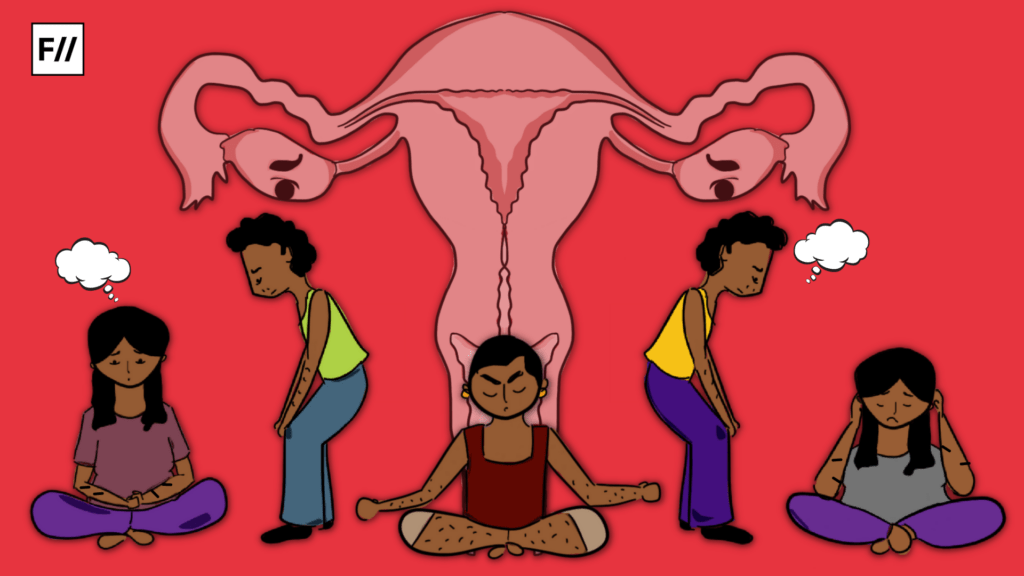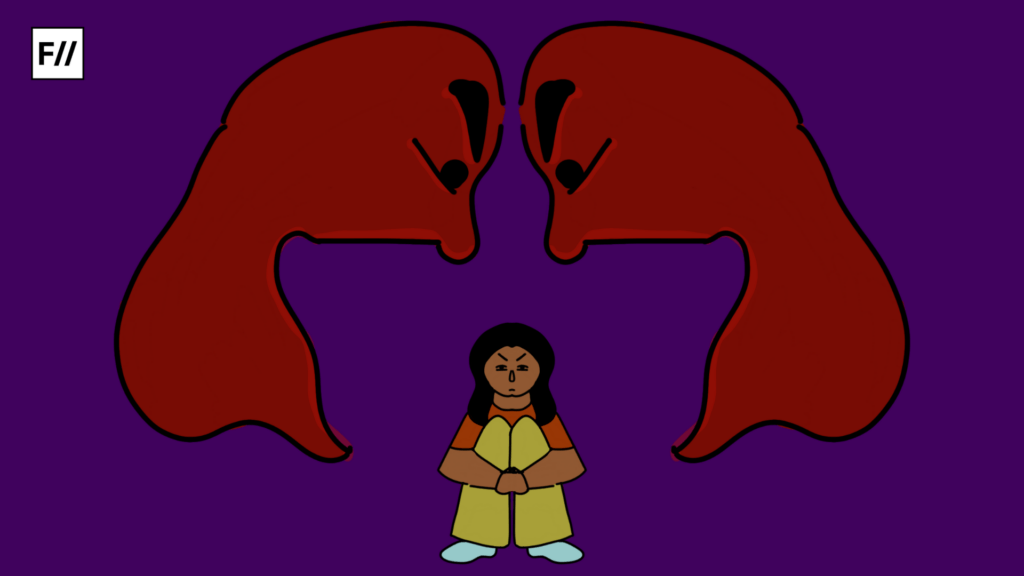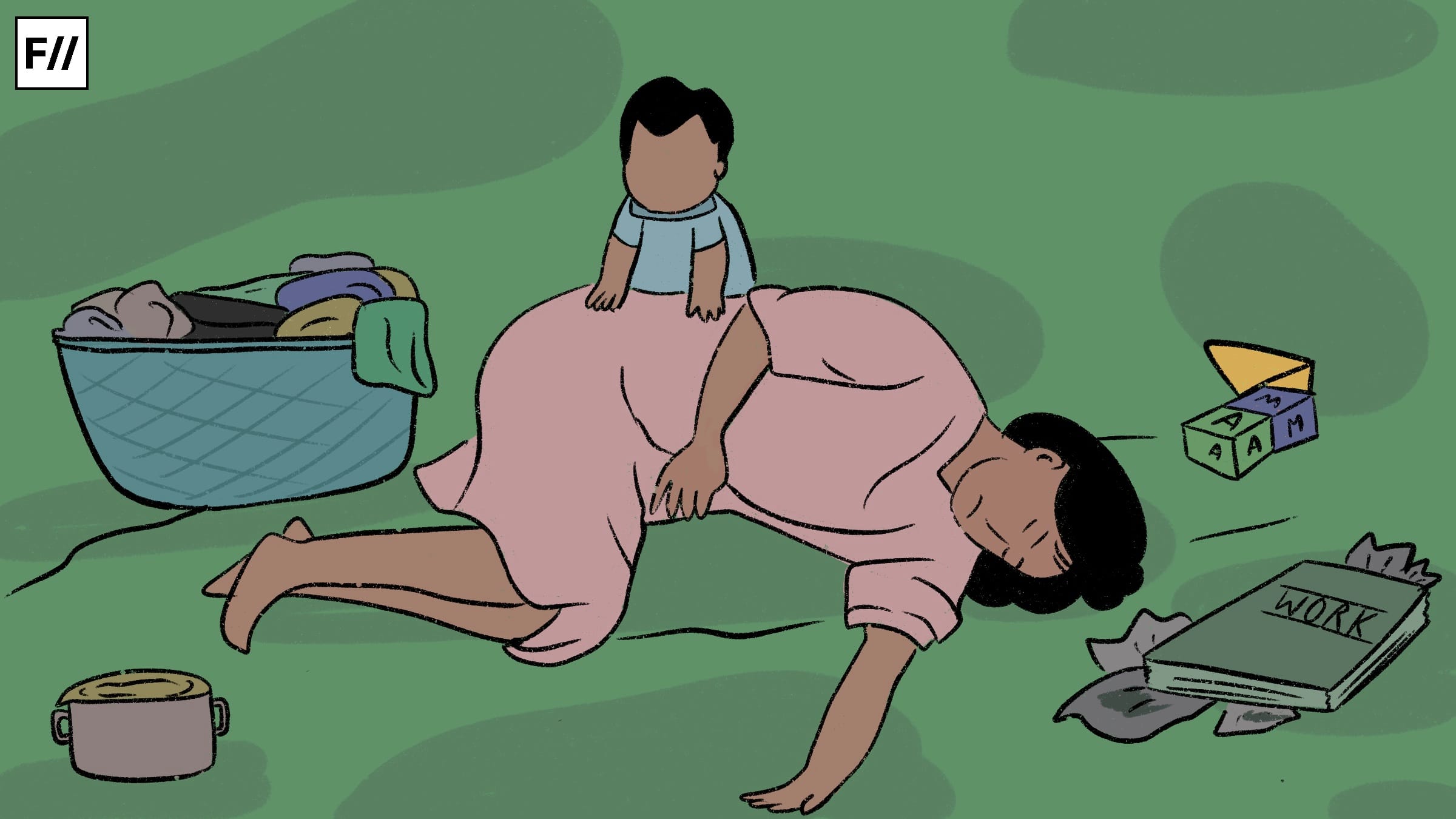The UNFPA has released its State of World Population 2024 Report on ending inequalities in sexual and reproductive health and rights. UNFPA is the sexual and reproductive health agency of the United Nations. It seeks to promote gender equality and women empowerment and encourage women to take control of their bodies, life and future.
The findings of the UNFPA report are stark reminders to pay attention to the widening gender divide that is breaking into chasms due to our deliberate neglect to confront inequalities within social systems while being trapped in an unending race to come across as the most progressive and wealthy nation across the globe. The right to quality reproductive health services and, more importantly, the right to choose what one wants to do with their body is fundamental to global development. The gap between this goal and the current social position of women says a lot about the grassroots-level intervention that concerned authorities should make to ensure bodily autonomy is no longer a dream.
The findings of the UNFPA report have to be analysed in light of events and situations in India to understand the ramifications of the gender divide on the reproductive rights and health of women.
Hopeful changes in selective spaces: Disparities of progress
It has been thirty years since the International Conference on Population and Development (ICPD), held in Cairo in 1994, which acknowledged women’s empowerment and their right to reproductive health and autonomy as cornerstones of sustainable economic and social development. Since then, 172 countries have adopted the ICPD Program of Action with a recommitment to the cause in tandem with the 2030 Agenda for Sustainable Development at the 2019 Nairobi Statement.

As per the reports of the UNFPA, since the consensus, the global rate of unintended pregnancies has fallen by 20 per cent. More than 162 countries have devised strict laws against domestic violence, and the maternity mortality rate has decreased by 34 per cent since 2000. Furthermore, there has been a significant reduction in terms of teenage pregnancy (fallen by one-third since 2000 as per UNFPA 2023), unindented pregnancies, HIV infections and female genital mutilation (UNICEF 2022).
In India, the maternal mortality rate has declined over the years from 301 per 100,000 births in 2001–2003 to 130 by 2014–2016. This decline is expected to continue to reach 70 by 2030. On a similar trajectory, neonatal and perinatal mortality rates have also been on a downward trend since the 1990s. The utilisation of healthcare facilities among pregnant women has also increased steeply since 1989, from 64.6 to 83.6 in 2016. The number of women who availed antenatal, intrapartum and postpartum care has also increased over time.
These changes, of course, are laudable and mark the long way the country has fared in its journey to secure people their sexual and reproductive health rights. However, the women from marginalised communities have a different story to tell. Marred by the disadvantages of caste, class, ethnicity and geographical location, women from marginalised communities are forced to depend on the mercy of their partners and nearby PHCs for their sexual and reproductive health.
UNFPA identifies several factors that can marginalise people and communities, like sexual and gender identity, culture, ethnicity, income, location, migratory status, age, etc. The identification of these problems at the theoretical level is not enough. In a country like India that battles against all the odds, including poor infrastructure facilities in hospitals and regressive perspectives on sex, sexuality and gender, it is necessary to identify and address the practical existence of these theoretical findings.
Women from marginalised communities, in particular, are not only subjected to non-consensual sex regularly but are also denied adequate healthcare from government hospitals based on the availability of related services. The situation was further aggravated during the time of covid where women could not get access to pregnancy care and abortion services adequately due to a lack of sufficient resources in the government hospitals.
The situation of poor women from rural areas is further pushed into the peripheries due to regular occurrences of domestic violence and the inability to seek legal and medical help. The right to choose whether to procreate or not and have access to safe contraceptive methods, abortion facilities, and pregnancy care continues to be a far-fetched dream for women from marginalised communities.
The need to expand the boundaries of SRHR
The primary problem with the implementation of Sexual and Reproductive Health Rights (SRHR) is that it is being selectively implemented. People at the margins, the ones who do not have access to health care, the ones who do not have a voice in the family, and the ones who are considered as the Other or ‘not normal‘ by society are forced to stand outside the self-defined contours of SRHR.

In India, SRHR includes the right to have bodily integrity, and personal autonomy, choose their partners, define their sexuality, choose when to have children, and access to lifetime information, resources and services to ensure that their sexual and reproductive health rights are protected. However, the benefits of these rights are concentrated in the centre with the marginalised communities being forced to be at the mercy of the looming power structures. At this juncture, poor women belonging to lower castes in rural areas and people belonging to the LGBTQIA+ communities become the most vulnerable.
According to the UNFPA report, 46 per cent of women who want to avoid pregnancy in low-income countries are not using modern methods. These rates are the highest in Sub-Saharan Africa and Southern Asia. Facts like 78 per cent of the 15 million abortions that happen in India occur outside medical facilities, 30 million married women do not have access to are “not allowed” to use contraception says a lot about the gendered dynamics of sexual and reproductive health rights in India. When women have to be the primary beneficiaries of these facilities, they end up becoming the last point of contact in a long-drawn process where patriarchal entities make choices for them.
Population control is not bodily autonomy
In India, in several instances, any approach to sexual and reproductive health rights inevitably leads to solutions and recommendations towards population control. The question in place is about bodily autonomy – the right of a person to access and have control over their sexual and reproductive health. The social systems in place are engrossed in pregnancy and population, so much so that we tend to forget the fact that the need of the hour is to remove structural hurdles in the way of gaining control over their own body.

Bodily autonomy can be achieved only if there is an acknowledgement of multifaceted problems caused by the intersectional identities that women and marginalised people face in a patriarchal society. Before it is confronted as a law and order issue as today, it needs to be addressed as a social issue in the first place.
There is a lack of awareness and so much taboo associated with queries and concerns surrounding sex, sexuality, reproduction and the rights surrounding it. It has to be unearthed and addressed one by one paying attention to the myths, taboos and hidden interests that perpetrate these hurdles. The administrators need to stop limiting themselves and basking in the glory of declining maternal and neonatal mortality rates. The complex ensemble of sexual and reproductive health and rights is much beyond pregnancy care and abortion rights.
The reason why the menace of sexual assaults, domestic violence, dowry and abortion continue to haunt the lives of women is because of the wrong direction and order in which these issues are addressed. The first step towards overcoming these hurdles should start from the grassroots levels where all are equipped with the confidence and awareness to stand up for themselves and assert their bodily autonomy verbally at least.
The power to make choices over one’s own body and future without violence or coercion has to be normalised and practised regularly, not just because it is a goal to be achieved as per the mandates of ICPD but because it is high time we normalise something as fundamental as being able to have autonomy over one’s self. Recognising sexual and reproductive health rights as a social mandate along the line of achieving bodily autonomy rather than as a law and order issue is a big step towards this journey.
About the author(s)
Anagha is a postgraduate student who is interested in the field of gender studies and sociology. She hopes to make the world a better place for all genders, one step at a time. Being a person who tries to make things better around her, she is in a constant process of learning and unlearning. Reading and gardening are her escape from the daily hustle




